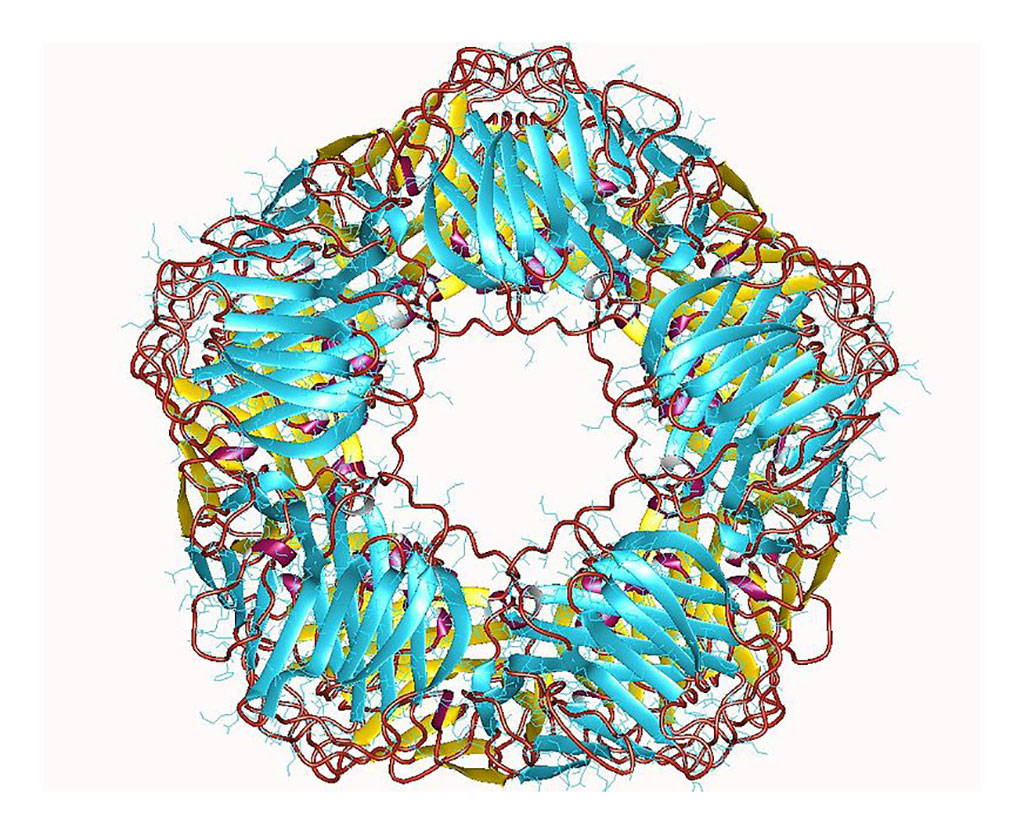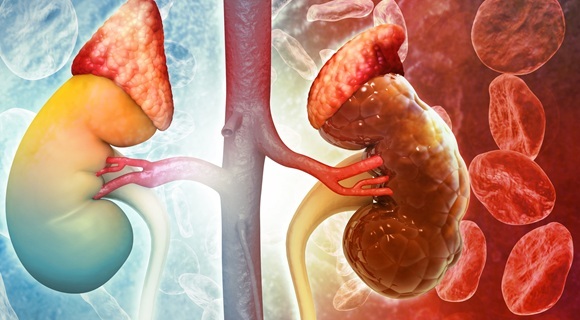C-reactive Protein Level Can Replace Erythrocyte Sedimentation Rate for Defining the Severity of Ulcerative Colitis
Posted on 24 Feb 2022
A research team in Australia has determined that a blood level of C-reactive protein equal to or greater than 12 milligrams/liter is a practical alternative to measurement of ESR (Erythrocyte Sedimentation Rate) for defining the severity of ulcerative colitis.
Ulcerative colitis (UC) is an autoimmune disease characterized by T-cells infiltrating the colon. No direct causes for UC are known, but factors such as genetics, environment, and an overactive immune system play a role. UC is associated with complications that produce symptoms in many areas of the body outside the digestive system.

ESR as a component of the Truelove and Witts Criteria (TWC) is the traditional inflammatory marker used for the assessment of UC activity. However, C-reactive protein (CRP) is preferentially used in contemporary clinical practice. Investigators at the Royal Brisbane and Women's Hospital (Brisbane, Australia) sought to determine the equivalent CRP cut off for an ESR of greater than 30 millimeters/hour in patients presenting with acute severe UC.
CRP is a ring-shaped pentameric protein found in blood plasma, whose circulating concentrations rise in response to inflammation. It is an acute-phase protein of hepatic origin that increases following interleukin-6 secretion by macrophages and T-cells. Its physiological role is to bind to lysophosphatidylcholine expressed on the surface of dead or dying cells (and some types of bacteria) in order to activate the complement system via C1q. CRP is a more sensitive and accurate reflection of the acute phase response than the ESR. ESR may be normal while CRP is elevated. CRP returns to normal more quickly than ESR in response to therapy.
For this study, clinical and pathological data were prospectively collected from 163 presentations of severe UC. A CRP cut off corresponding to an ESR of greater than 30 millimeters/hour was determined using confusion matrices. A validation cohort of 128 presentations was prospectively collected and analyzed.
Results revealed that a CRP cutoff equal to or more than 12 milligrams/liter yielded a positive predictive value (PPV) of 85%, with sensitivity and accuracy of 95 and 82%, respectively, for having a paired ESR of greater than 30 millimeters/hour. No statistically significant differences were seen in presenting fecal calprotectin, Mayo endoscopic subscore, or in the rates of intravenous corticosteroid therapy failure and colectomy-by-discharge for the groups determined by traditional ESR versus the new CRP-based criteria. A PPV of 83% and sensitivity of 94% resulted from application of the CRP equal to or more than 12 milligrams/liter criterion to the validation cohort.
Based on these results, the investigators concluded that, "This work may influence clinical practice by relegating ESR as an admission blood test in acute presentations of UC. Utilizing the CRP-based criteria will improve accessibility to the clinical information required for a complete assessment of the Truelove and Witts Criteria. This will enable a shorter turnaround time for critical decision making regarding patient disposition and management."
The CRP vs. ESR study was published in the February 11, 2022, online edition of the Journal of Crohn's and Colitis.
Related Links:
Royal Brisbane and Women's Hospital














